These Features Will Be Removed From Windows 7 And Windows 8 When You Upgrade To Windows 10
5 min. read
Published on
Read our disclosure page to find out how can you help MSPoweruser sustain the editorial team Read more
- If you have Windows 7 Home Premium, Windows 7 Professional, Windows 7 Ultimate, Windows 8 Pro with Media Center, or Windows 8.1 Pro with Media Center and you install Windows 10, Windows Media Center will be removed.
- Watching DVDs requires separate playback software
- Windows 7 desktop gadgets will be removed as part of installing Windows 10.
- Windows 10 Home users will have updates from Windows Update automatically available. Windows 10 Pro and Windows 10 Enterprise users will have the ability to defer updates.
- Solitaire, Minesweeper, and Hearts Games that come pre-installed on Windows 7 will be removed as part of installing the Windows 10 upgrade. Microsoft has released our version of Solitaire and Minesweeper called the “Microsoft Solitaire Collection” and “Microsoft Minesweeper.”
- If you have a USB floppy drive, you will need to download the latest driver from Windows Update or from the manufacturer’s website.
- If you have Windows Live Essentials installed on your system, the OneDrive application is removed and replaced with the inbox version of OneDrive.
Additional requirements to use certain features in Windows 10:
- Cortana is only currently available on Windows 10 for the United States, United Kingdom, China, France, Italy, Germany, and Spain.
- Speech recognition will vary by device microphone. For better speech experience you will need a
- High fidelity microphone array
- Hardware driver with Microphone array geometry exposed
- Windows Hello requires specialized illuminated infrared camera for facial recognition or iris detection or a finger print reader which supports the Window Biometric Framework.
- Continuum is available on all Windows 10 editions by manually turning “tablet mode” on and off through the Action Center. Tablets and 2-in-1’s with GPIO indicators or those that have a laptop and slate indicator will be able to be configured to enter “tablet mode” automatically.
- Music and Video stream through the Xbox Music or Xbox video available in certain regions. For the most up to date list of regions, please go to Xbox on Windows website.
- Two factor authentication requires the use of a PIN, Biometric (finger print reader or illuminated infrared camera), or a phone with WiFi or Bluetooth capabilities.
- Device Guard requires:
- UEFI Secure Boot with 3rd party UEFI CA removed from the UEFI database
- TPM 2.0
- Virtualization Support configured on by default in the System Firmware (BIOS)
- Virtualization extensions (e.g. Intel VT-x, AMD RVI)
- Second Level Address Translation (e.g. Intel EPT, AMD RVI)
- IOMMU (e.g. Intel VT-d, AMD-Vi)
- UEFI BIOS configured to prevent unauthorized user from disabling Device Guard hardware security features
- Kernel mode drivers need to be Microsoft signed and compatible with hypervisor enforced code integrity
- Only available on Windows 10 Enterprise
- The number of applications that can be snapped will depend upon the minimum resolution for the application.
- To use touch, you need a tablet or a monitor that supports multi-touch (more info)
- Microsoft account required for some features
- Internet access (ISP fees might apply)
- Secure boot requires firmware that supports UEFI v2.3.1 Errata B and has the Microsoft Windows Certification Authority in the UEFI signature database
- Some IT administrators may enable Secure Logon (Ctrl + Alt + Del) before bringing you to the log in screen. On tablets without a keyboard, a tablet with the Windows button maybe required as the key combination on a tablet is Windows button + Power button.
- Some games and programs might require a graphics card compatible with DirectX 10 or higher for optimal performance
- BitLocker To Go requires a USB flash drive (Windows 10 Pro only)
- BitLocker requires either Trusted Platform Module (TPM) 1.2, TPM 2.0 or a USB flash drive (Windows 10 Pro and Windows 10 Enterprise only)
- Client Hyper-V requires a 64-bit system with second level address translation (SLAT) capabilities and additional 2 GB of RAM (Windows 10 Pro and Windows 10 Enterprise only)
- Miracast requires a display adapter which supports Windows Display Driver Model (WDDM) 1.3, and a Wi-Fi adapter that supports Wi-Fi Direct
- Wi-Fi Direct Printing requires a Wi-Fi adapter that supports Wi-Fi Direct and a device that supports Wi-Fi Direct Printing
- To install a 64-bit OS on a 64-bit PC, your processor needs to support CMPXCHG16b, PrefetchW, and LAHF/SAHF
- InstantGo works only with computers designed for Connected Standby
- Device encryption requires a PC with InstantGo and TPM 2.0.
Minimum System Requirements for upgrade:
- Latest OS: Make sure you are running the latest version either Windows 7 SP1 or Windows 8.1 Update.
- Don’t know which version you are running? Check here to find out.
- Need to download the latest version? Click here for Windows 7 SP1 or Windows 8.1 Update.
- Processor: 1 gigahertz (GHz) or faster processor or SoC
- RAM: 1 gigabyte (GB) for 32-bit or 2 GB for 64-bit
- Hard disk space: 16 GB for 32-bit OS 20 GB for 64-bit OS
- Graphics card: DirectX 9 or later with WDDM 1.0 driver
- Display: 1024×600
Source: Microsoft


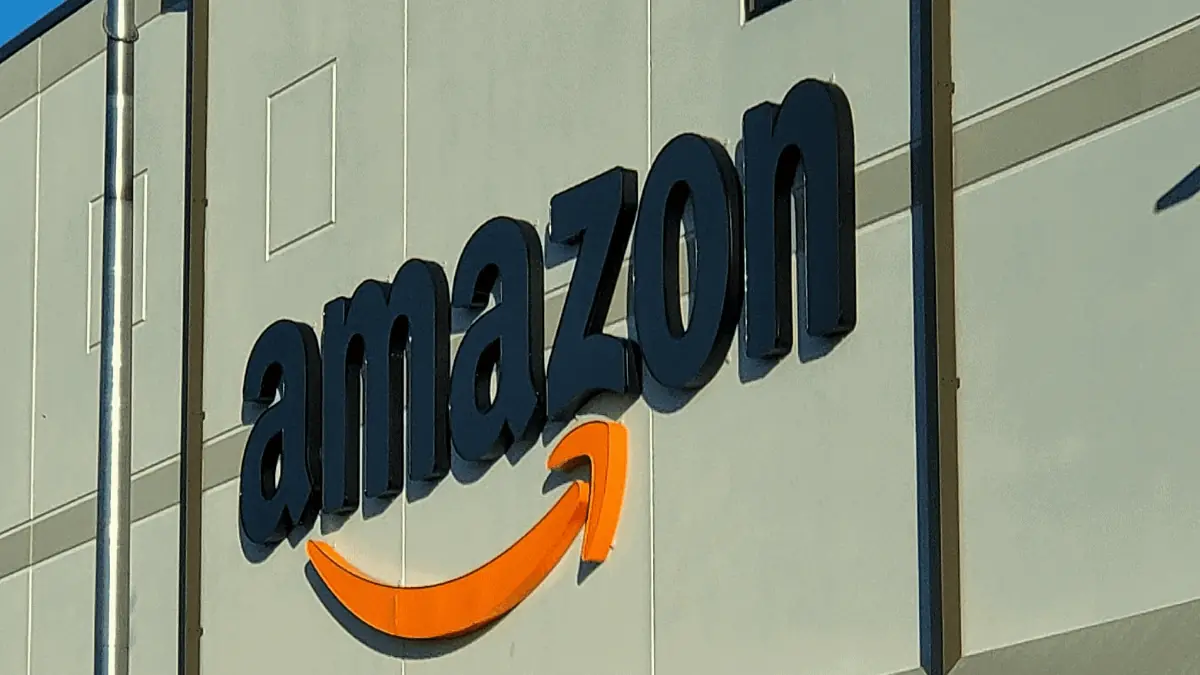
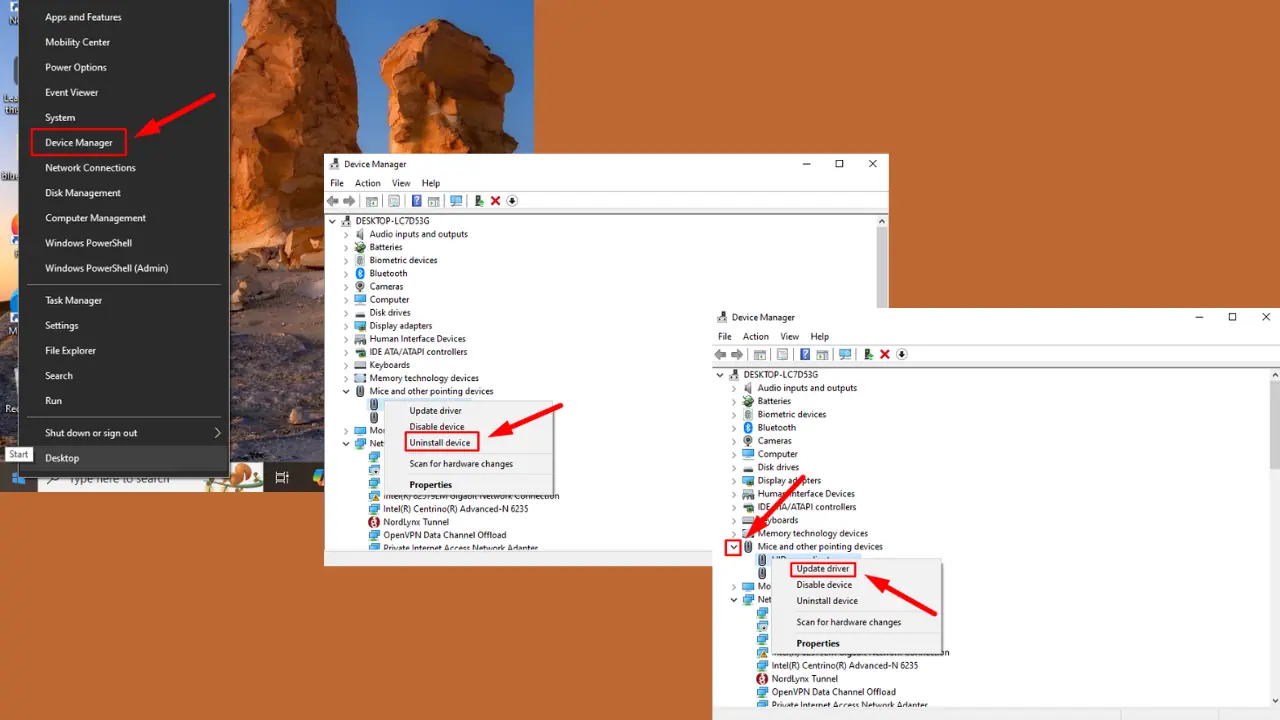
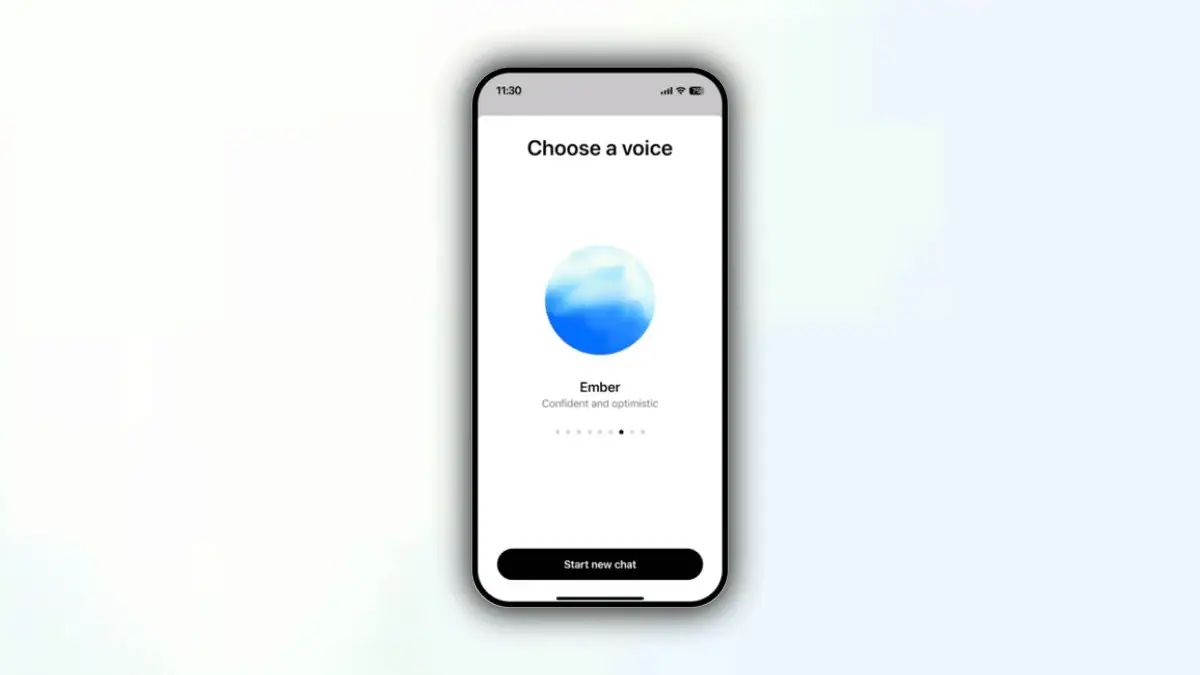
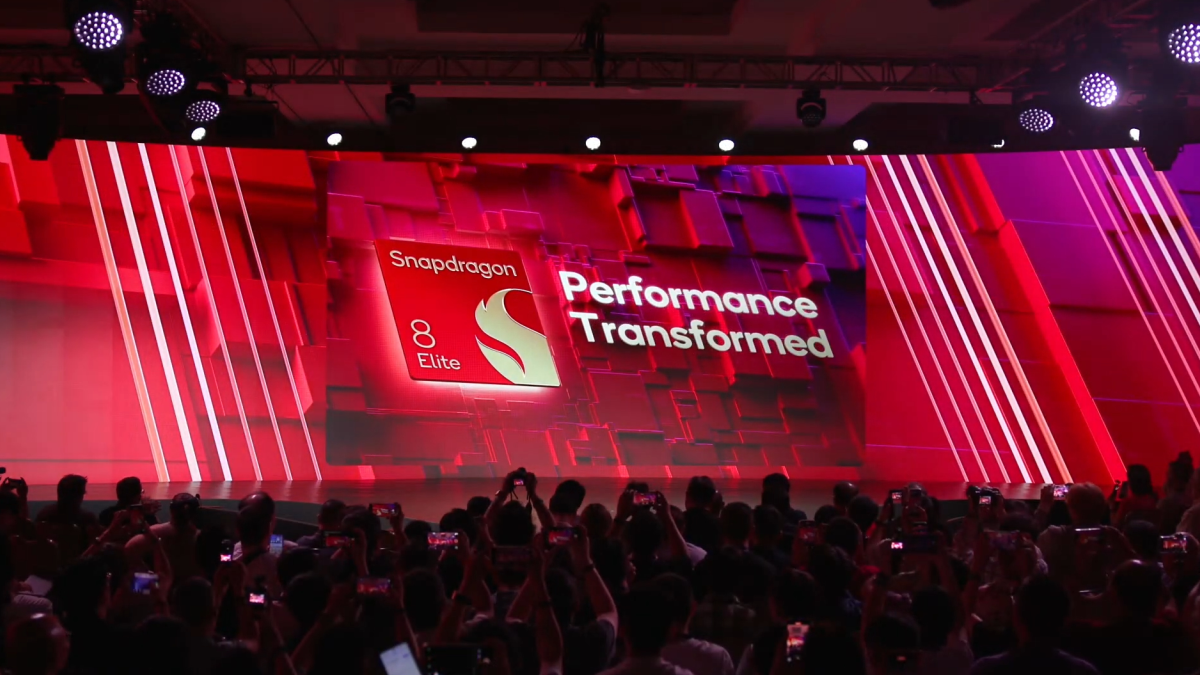
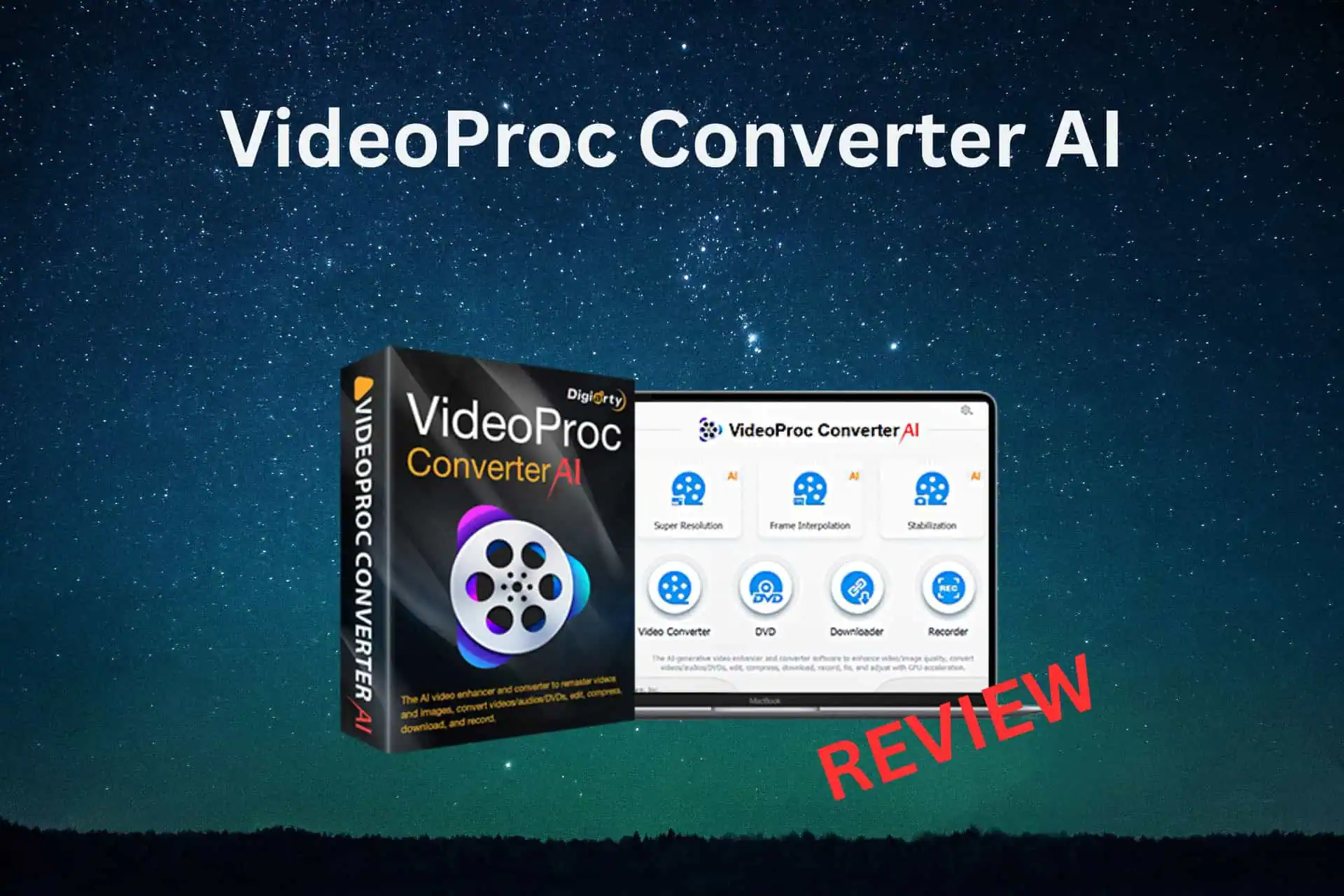
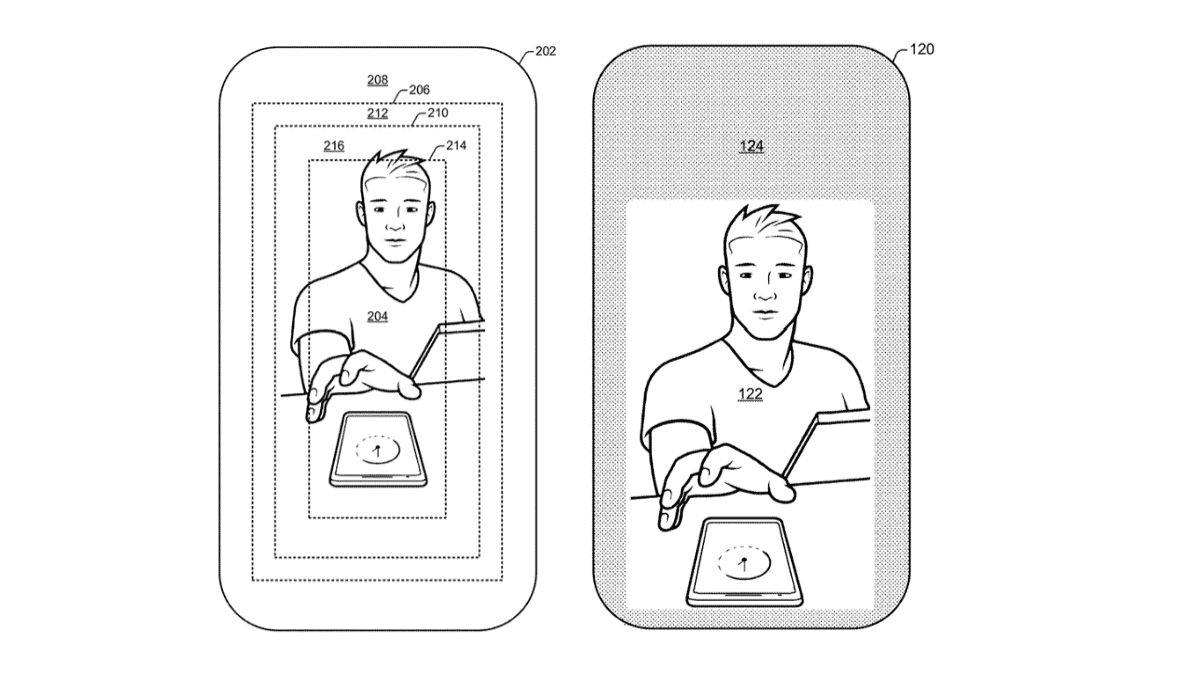
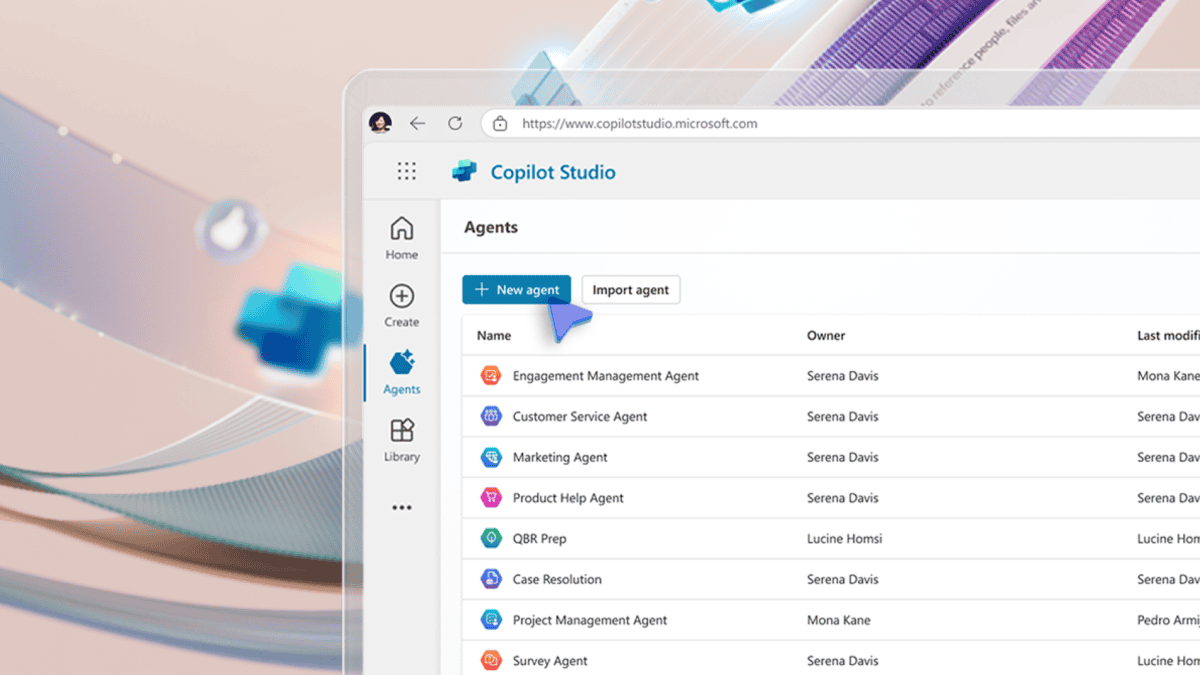
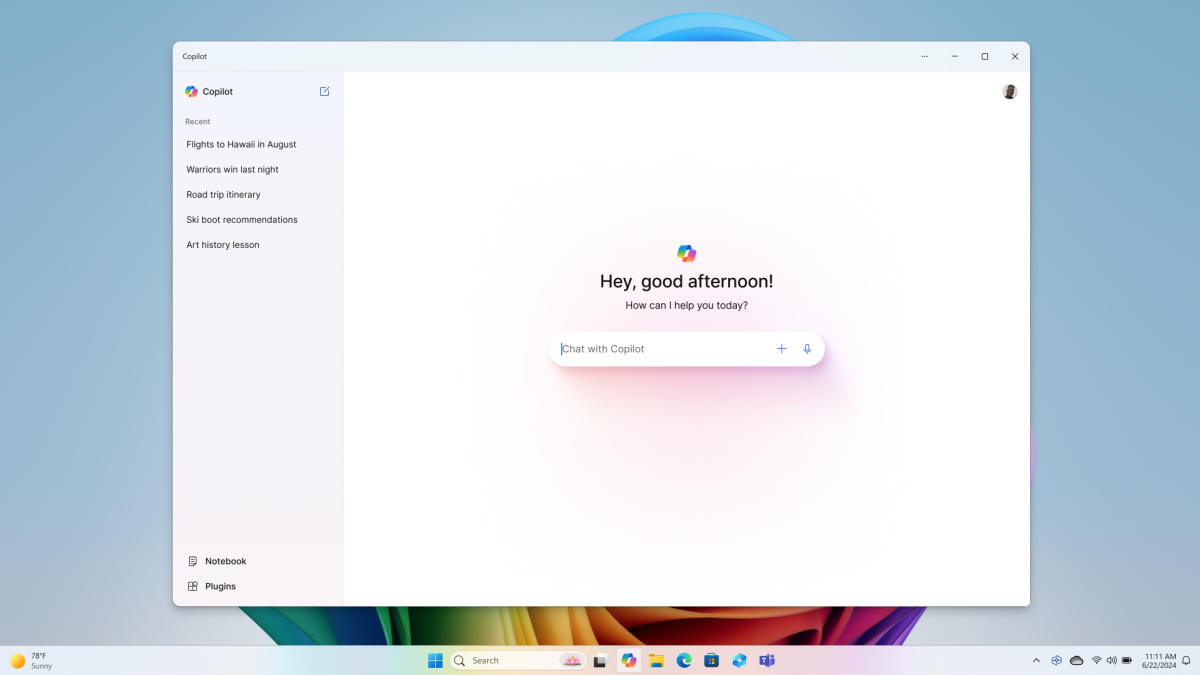
User forum
0 messages